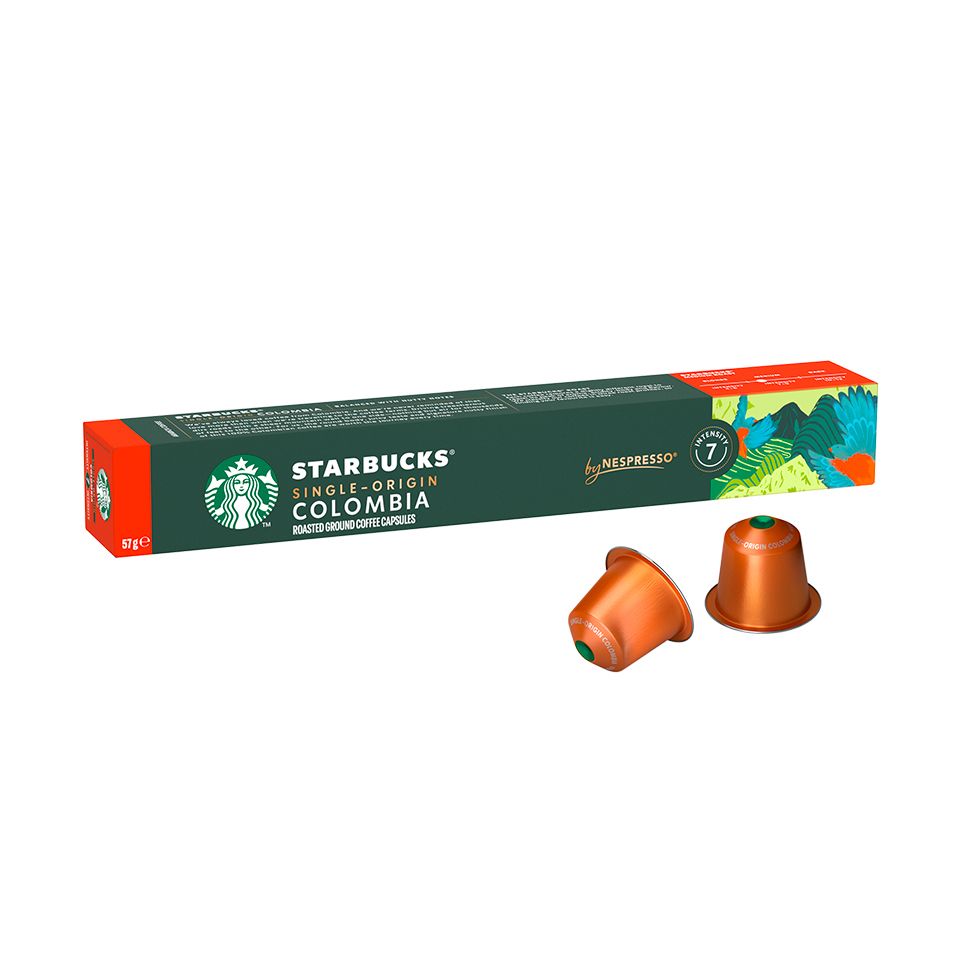Discover the Distinctive Flavor Profile of SOE Single Origin Espresso Today
Discover the Distinctive Flavor Profile of SOE Single Origin Espresso Today
Blog Article
Coffee Beans 101: Every Little Thing You Required to Learn About Espresso and Blended Coffee Beans
When it involves coffee, understanding the nuances of coffee and blended beans can transform your day-to-day cup. You'll find the distinct attributes of Arabica and Robusta beans, and just how each influences flavor and high levels of caffeine material. From the growing procedure to toasting methods, every step contributes in your coffee experience. So, what makes the perfect brew? Let's explore the crucial components that add to an extraordinary mug of coffee.
Comprehending Coffee Beans: Kinds and Varieties
When diving right into the globe of coffee, recognizing the kinds and varieties of coffee beans is essential for each lover. You'll mainly encounter two main types: Arabica and Robusta. Arabica beans are understood for their smooth, complicated tastes and reduced caffeine content, making them a preferred amongst coffee fanatics. On the other hand, Robusta beans load a punch with a more powerful, more bitter taste and higher high levels of caffeine degrees, commonly made use of in espresso blends.
Ethiopian Yirgacheffe supplies bright floral notes, while Colombian beans provide a healthy taste account. By acquainting on your own with these beans and their tastes, you'll boost your coffee experience and make even more enlightened options in your developing trip.
The Expanding Refine: From Seed to Bean
When you check out the trip of coffee, it all starts with seed selection methods that set the structure for high quality. From there, growing and collecting play essential roles in making sure the beans grow. Ultimately, processing approaches transform those harvested cherries right into the coffee beans you enjoy.
Seed Option Methods
Selecting the ideal seeds is important for creating high-quality coffee beans, as it lays the structure for the whole expanding procedure. You ought to begin by choosing seeds from trusted resources that prioritize high quality and genetic diversity. Look for ranges understood to grow in your specific climate and soil problems. Focus on the seed's age and storage space conditions, as fresh seeds have a tendency to germinate far better. When possible, choose for organic seeds to minimize exposure to harmful chemicals. Take into consideration the disease resistance of various selections, as this can significantly impact your return. Don't be reluctant to consult with neighborhood farmers or experts to acquire understandings into the best seed alternatives for your area. This understanding will enhance your coffee-growing experience.
Growing and Harvesting
As you nurture your coffee seeds right into flourishing plants, understanding the cultivation and harvesting procedure is important for accomplishing the best flavor and top quality. Beginning by planting your seeds in well-draining soil, ideally in a shaded location to safeguard them from straight sunlight. As your plants grow, preserve constant dampness, and bear in mind their need for nutrients. Prune routinely to advertise air movement and healthy and balanced development.
When it comes time to harvest, search for ripe cherries, which normally turn a vibrant red. Hand-picking is often the most effective approach to ensure only the ripest cherries are selected. Timing is vital; collecting as well early or far too late can influence the flavor profile of your beans. Accept persistence and treatment, as this is where top quality begins.

Handling Methods Described
When you have actually collected your coffee cherries, the following important action is processing them to change those vibrant fruits into the beans you'll brew. In the completely dry procedure, you spread the cherries out in the sunlight to dry, allowing the fruit to ferment and give unique flavors to the beans. Understanding these techniques is essential to appreciating your coffee experience.
Toasting Techniques: Just How Taste Is Developed
When it pertains to roasting coffee beans, recognizing roast levels is vital to disclosing their one-of-a-kind tastes. Each toasting strategy impacts the fragrance and boosts the flavor development procedure, providing you a richer coffee experience. Let's explore how these variables integrated to elevate your day-to-day mixture.
Roast Degrees Described
Roast levels play a necessary function in forming the flavor profile of your coffee. By understanding these levels, you can much better choose a coffee that matches your preference preferences. Experiment with different roasts to uncover which one reverberates with you, boosting your total coffee experience and pleasure.
Influence on Aroma
The roast degree not only affects the preference of your coffee but additionally greatly influences its scent. When you pick a light roast, you'll commonly observe intense, flower notes that can make your coffee scent dynamic and fresh. As the beans darken, the aroma changes; a medium roast brings out a lot more balanced, caramelized aromas, while a dark roast has a tendency to include click here for more strong, smoky touches. Each toasting strategy releases different unstable substances, shaping just how your coffee scents. In addition, the freshness of the beans plays an important role; fresh roasted coffee releases extra aromatic oils, improving that attracting scent. So, focus on the roast degree-- it's vital to exposing the full aromatic experience of your brew.
Flavor Advancement Process
As you discover the flavor advancement procedure, you'll find that roasting methods play an essential function in forming the preference profile of your coffee. The roasting temperature and time straight affect the acidity, sweet taste, and bitterness of the beans. Light roasts maintain even more of the bean's original flavors, highlighting floral and fruity notes.
Espresso vs. Blended Coffee: Secret Distinctions
Coffee and mixed coffee each deal distinct experiences that satisfy various preferences and choices. Espresso is a focused coffee made by requiring warm water through finely-ground coffee beans, leading to an abundant, vibrant taste and a luscious layer of crema on the top. It's often enjoyed as a shot or made use of as a base for drinks like coffees and cappucinos.
On the other hand, blended coffee combines various beans from different areas, creating a much more balanced taste profile. You'll often find blends that highlight sweetness, body, or level of acidity, making them functional for various developing methods. While coffee focuses on intensity, mixed coffee might provide a broader variety of tastes that can transform with each sip.
Inevitably, your option between espresso and blended coffee boils down to your individual preference. Whether you crave a quick jolt or a leisurely mug, both options have something tasty to use.

Brewing Techniques: Opening the Perfect Cup
When it involves brewing coffee, discovering the right method can transform your experience and boost your mug. Each his comment is here developing technique has its one-of-a-kind appeal and can greatly affect your coffee's taste and aroma. For instance, making use of a French press enables you to enjoy a rich and full-bodied mixture, while a pour-over method provides a tidy, intense mug with distinct tastes.
If you choose espresso, buying a quality machine can aid you master the art of pulling shots. For comfort, a single-serve shuck system provides rate without compromising preference.
Don't neglect regarding cold brew, which delivers a smooth, less acidic coffee ideal for warm days. Experiment with various methods to find what reverberates with your taste.
Sampling Notes: Recognizing Flavor Profiles
Just how can you truly appreciate your coffee if you do not know what tastes to try to find? Tasting notes are your overview to comprehending the intricate world of coffee. When you sip, take note of the first flavors that hit your palate. You might detect fruity notes, like berry or citrus, or maybe a nutty undertone. As you proceed to taste, notice just how the flavors evolve-- this is called the "finish." Some coffees could leave a chocolatey or sugar aftertaste, while others may have a brilliant, tidy coating.
Take into consideration the body of the coffee, also; is it light and ventilated or thick and syrupy? Do not forget level of acidity; an intense level of acidity can include life, while a reduced level of acidity might provide a smoother experience. By determining these flavor accounts, you'll strengthen your link with each mug, making coffee tasting a delightful trip of discovery.

Tips for Selecting and Storing Coffee Beans
Selecting and storing coffee beans properly can substantially enhance your developing experience. Start by selecting top quality beans that match your taste - SOE.
As soon as you have your beans, keep them in an airtight container to prevent direct exposure to dampness, air, and light. A dark, awesome location functions best, so stay clear of maintaining them in the refrigerator or fridge freezer, as this can present moisture. Just grind the quantity you require to preserve freshness; whole beans wikipedia reference keep flavor longer than pre-ground coffee.
Last but not least, try to utilize your beans within 2 to 4 weeks after opening for peak taste. Adhering to these pointers will certainly ensure your coffee remains flavorful and pleasurable, boosting your day-to-day mixture to brand-new elevations.
Frequently Asked Questions
How Much Time Do Coffee Beans Remain Fresh After Toasting?
Coffee beans remain fresh for concerning 2 weeks after toasting - SOE. You ought to keep them in a closed container, far from light and moisture. Afterwards, their taste and fragrance start to lessen considerably

Can I Mix Different Coffee Bean Varieties?
Absolutely, you can mix different coffee bean varieties! Try out blends can enhance flavors and produce a distinct taste profile. Just make sure to stabilize the strengths and qualities of each variety for the best outcomes.
What Is the Ideal Work Dimension for Coffee?
For espresso, you'll desire a fine grind dimension, regarding the structure of salt. This permits excellent extraction, resulting in an abundant, flavorful shot. Experiment a bit to locate what fits your preference best!
How Does Elevation Affect Coffee Bean Flavor?
Elevation influences coffee bean flavor by affecting the development rate and chemical make-up. Higher elevations cause slower maturation, which improves level of acidity and complexity, giving your coffee a lively and distinct taste you won't neglect.
Exist Decaffeinated Versions of Espresso Beans?
Yes, there are decaffeinated versions of coffee beans. You can enjoy an abundant coffee flavor without the caffeine kick. Simply search for "decaf" blends at your neighborhood coffeehouse or specialized shop.
Coffee Beans 101: Every Little Thing You Need to Know About Coffee and Blended Coffee Beans.
When diving into the world of coffee, recognizing the types and varieties of coffee beans is vital for every fanatic.When it comes to toasting coffee beans, understanding roast levels is essential to revealing their unique tastes. Coffee is a focused coffee brewed by requiring hot water via finely-ground coffee beans, resulting in an abundant, vibrant flavor and a velvety layer of crema on top.On the various other hand, blended coffee combines different beans from different regions, developing a more balanced taste account.
Report this page